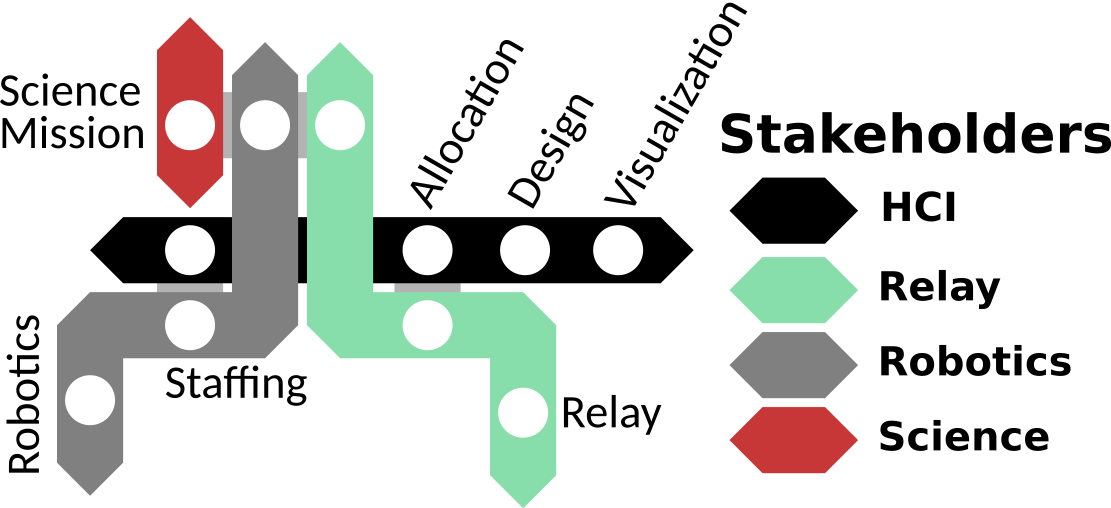Visualization Artifacts are Boundary Objects
Jasmine Tan Otto - UC Santa Cruz, Santa Cruz, United States
Scott Davidoff - California Institute of Technology, Pasadena, United States
Download preprint PDF
Room: Bayshore I
2024-10-14T16:00:00ZGMT-0600Change your timezone on the schedule page
2024-10-14T16:00:00Z

Full Video
Abstract
Despite 30+ years of academic practice, visualization still lacks an explanation of how and why it functions in complex organizations performing knowledge work. This survey examines the intersection of organizational studies and visualization design, highlighting the concept of \textit{boundary objects}, which visualization practitioners are adopting in both CSCW (computer-supported collaborative work) and HCI. This paper also collects the prior literature on boundary objects in visualization design studies, a methodology which maps closely to action research in organizations, and addresses the same problems of `knowing in common'. Process artifacts generated by visualization design studies function as boundary objects in their own right, facilitating knowledge transfer across disciplines within an organization. Currently, visualization faces the challenge of explaining how sense-making functions across domains, through visualization artifacts, and how these support decision-making. As a deeply interdisciplinary field, visualization should adopt the theory of boundary objects in order to embrace its plurality of domains and systems, whilst empowering its practitioners with a unified process-based theory.